Breaking News Finima : Rivers State’s Rising Star – Congratulations Little Princess, Eliana Wilfred Brown Shines at National Spelling Bee
Abuja, Nigeria – In what has become a moment of pride and inspiration for Rivers State and the Finima community in Bonny Local Government Area, young Miss Eliana Wilfred Brown has achieved a remarkable feat by clinching the position of 2nd runner-up at the prestigious St. John’s National Spelling Bee Competition held in Abuja.
This extraordinary achievement has not only placed her name on the national stage but has also brought immense honour to her school, Tamvina International School, Bonny, and her proud hometown of Finima.
A Rising Star from Finima
At just a tender school age, Eliana has proven that brilliance knows no boundaries. Her stellar performance against contestants from across Nigeria showcased not only her intellectual ability but also her discipline, confidence, and determination to excel in academics.
Representing Rivers State, she competed with some of the brightest young minds in the country and stood tall among the finalists, eventually earning a spot as second runner-up – a milestone achievement that speaks volumes about her dedication and the solid educational foundation laid by her school and family.
Her success is not just a personal triumph but also a communal victory. Finima, a historically rich community in Bonny, has always been known for producing talents of repute, and Eliana’s accomplishment now joins the long list of inspiring legacies.
The Weight of Representation
Being a young girl from Finima, competing in the heart of Abuja, the nation’s capital, was more than just a spelling challenge – it was a journey of representation. With every word she spelt correctly, Eliana carried on her shoulders the pride of her school, her family, her community, and her state.
The Director of Social Welfare and Youth Development at the Finima Youth Congress (FYC), Comrade Abraham Brown, captured this moment perfectly in his congratulatory message:
“Heartfelt congratulations to you, Miss Eliana Wilfred Brown, on achieving the remarkable feat of being the 2nd runner-up in the St. John’s National Spelling Bee in Abuja. We are incredibly proud of your outstanding performance, representing Rivers State with distinction. As a pupil of Tamvina International School, Bonny, and a daughter of Finima, your achievement brings honour not only to yourself but also to your school and community. We celebrate your success and look forward to seeing your continued growth and accomplishments.”
The Power of Education and Community Support
Eliana’s achievement is a testament to the importance of investing in education and nurturing the younger generation. Tamvina International School, Bonny, deserves commendation for providing the platform, resources, and encouragement that prepared her to compete at a national level.
Her success story is also a reminder of the strength of Finima’s communal support system – where young talents are not left to walk their journeys alone, but are celebrated, encouraged, and mentored to achieve greatness.
In many ways, Eliana represents a new wave of excellence coming from Rivers State – an example that success is not confined to urban cities but can sprout from every corner of the country when children are given equal opportunities.
Inspiration for the Youth
The story of Miss Brown should serve as a powerful inspiration to other young pupils in Rivers State and across Nigeria. It proves that hard work, focus, and determination pay off, regardless of age or background.
At a time when conversations around youth development and empowerment are growing louder, Eliana’s performance is a clear demonstration that with the right encouragement, Nigerian children can compete favourably with the best minds anywhere in the world.
Her journey also carries a subtle but important message – that academic excellence deserves as much celebration as sports and entertainment achievements. While footballers, musicians, and actors receive wide recognition, young scholars like Eliana are equally worthy of national applause.
Looking Ahead: Greater Heights Await
This victory is only the beginning for Miss Eliana Wilfred Brown. With her talent and the support of her family, school, and community, the sky is truly her starting point.
It is expected that her success will inspire both government and private stakeholders to do more in supporting literacy programmes, spelling competitions, and other academic initiatives that sharpen children’s intellectual capacity. Such platforms create leaders of tomorrow, ready to solve problems and carry Nigeria into a brighter future.
A Call to Celebrate Our Little Princess
As Finima and Rivers State celebrate this remarkable achievement, it is clear that Eliana has earned her place as a symbol of youthful brilliance. She may still be a pupil, but her name now resonates in households across Bonny, Abuja, and beyond as a shining light of determination and success.
Once again, congratulations to our Little Princess, Miss Eliana Wilfred Brown. May this be the first of many national and international accolades in your journey of academic and personal excellence.
Indeed, you deserve to be celebrated.
Signed:
Comr. Abraham Brown
Director of Social Welfare and Youth Development
Finima Youth Congress (FYC)
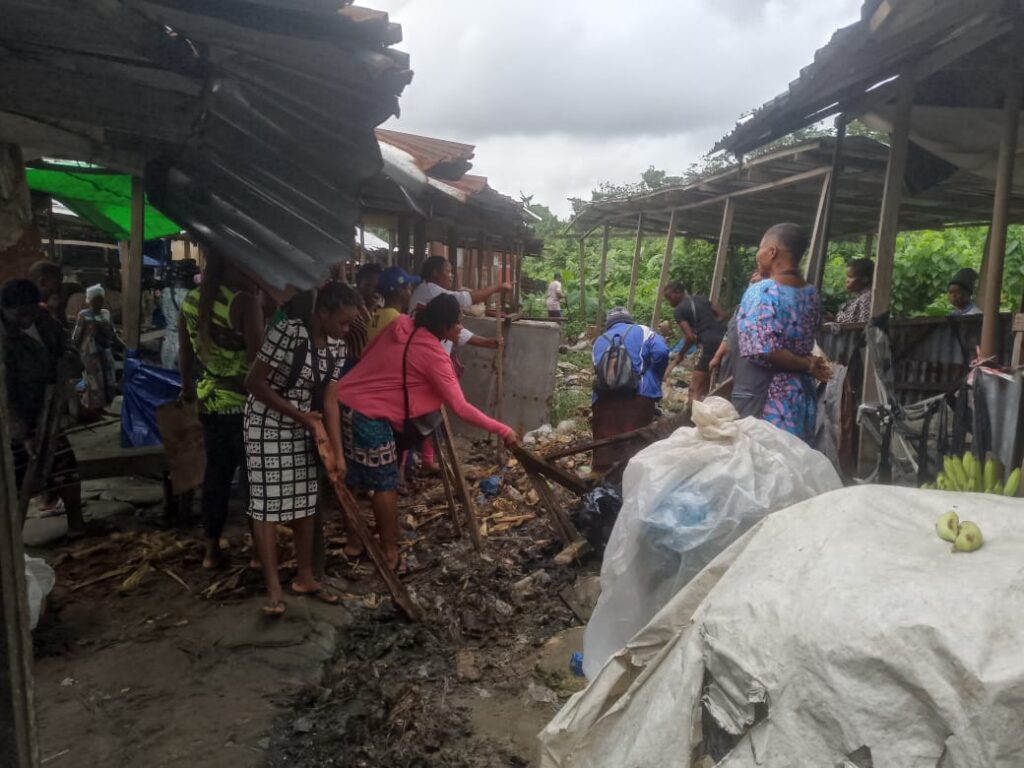
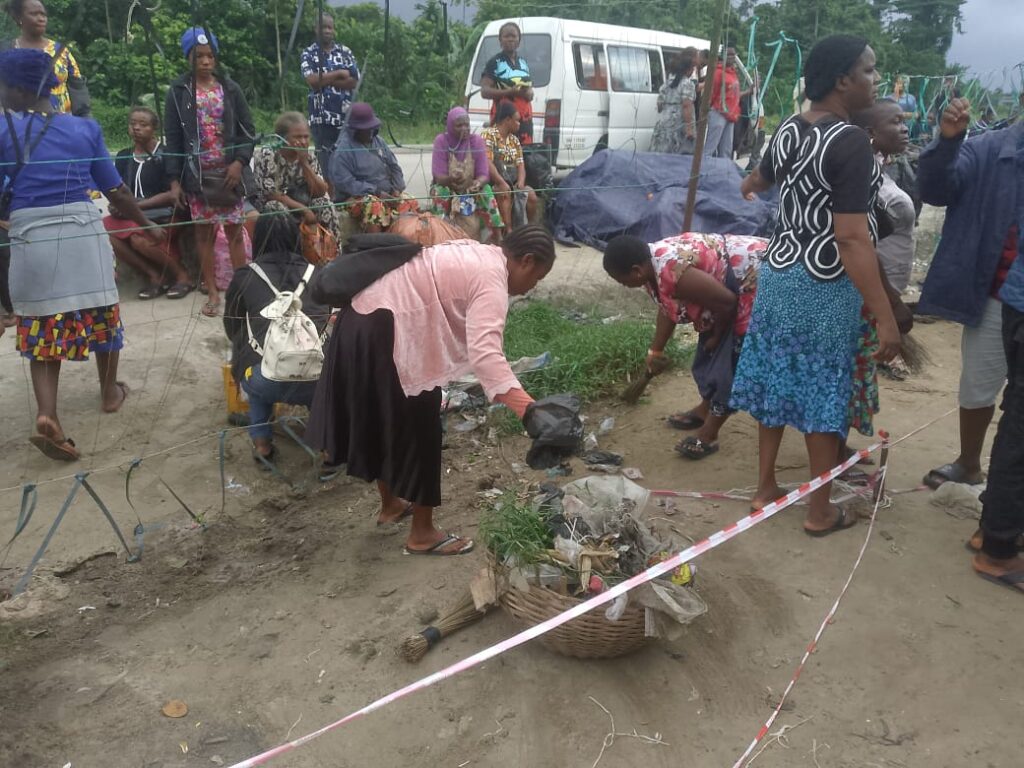
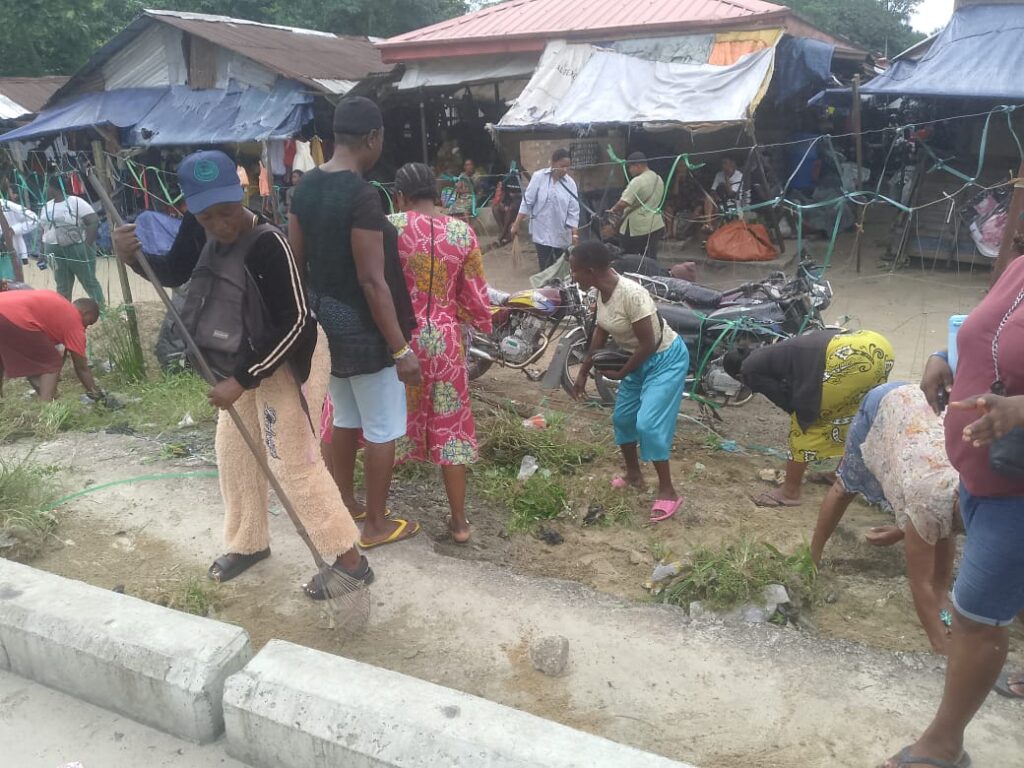
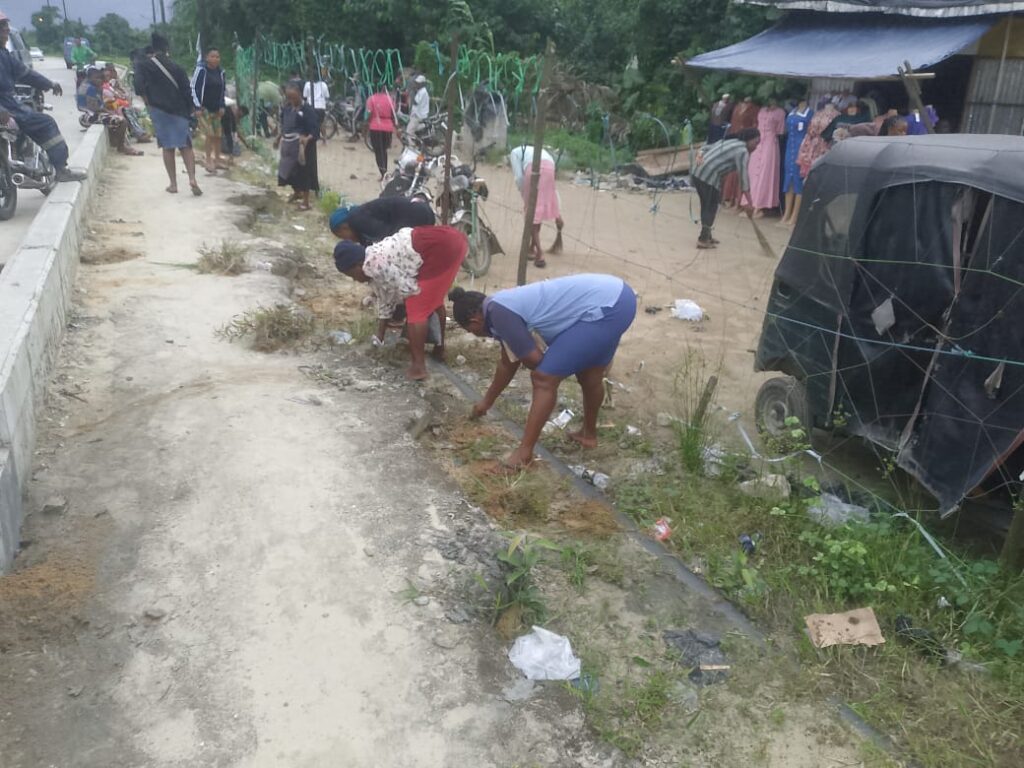

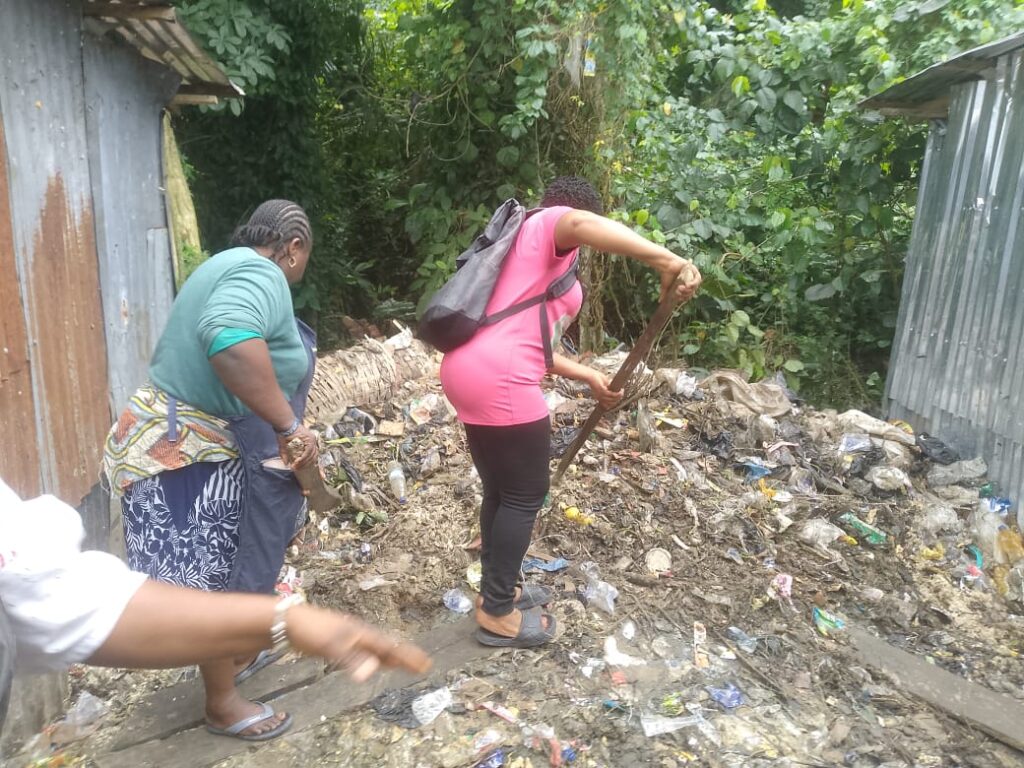
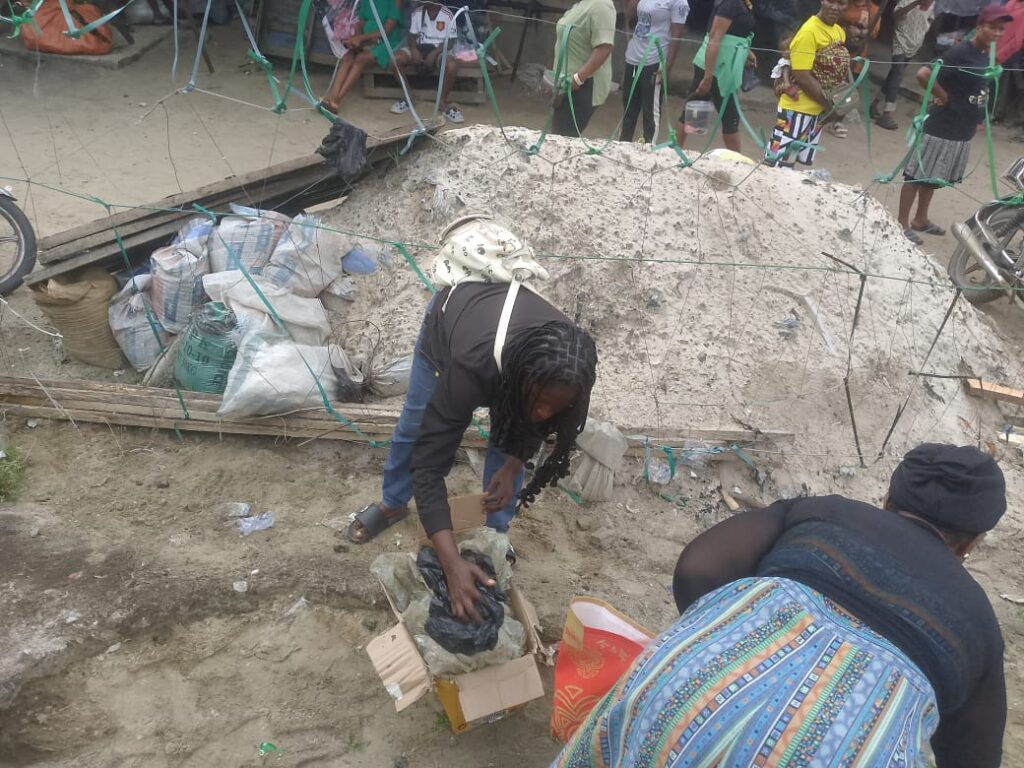
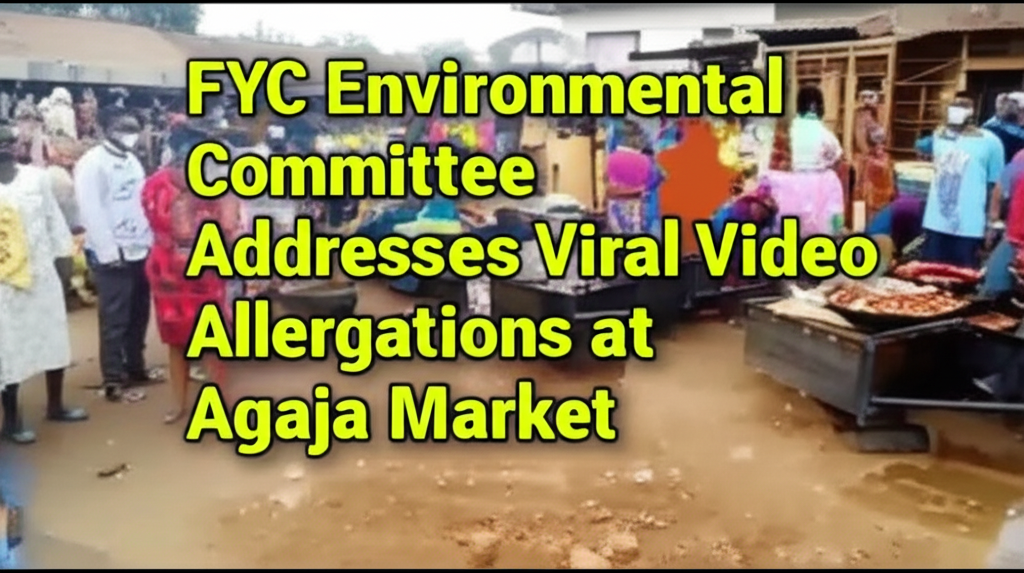




You must be logged in to post a comment.